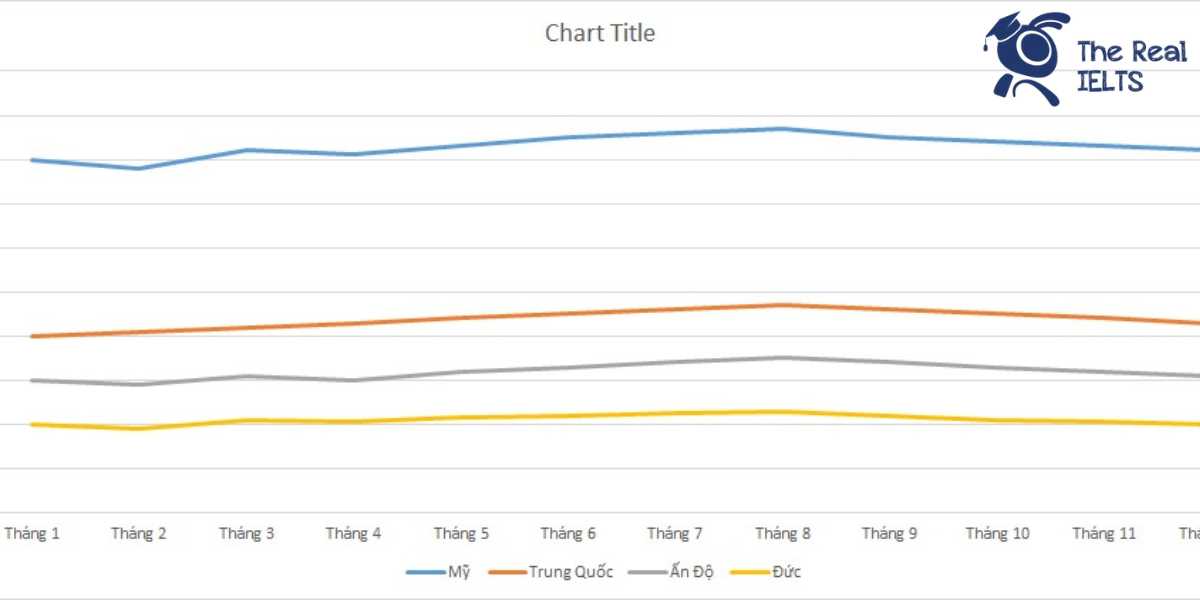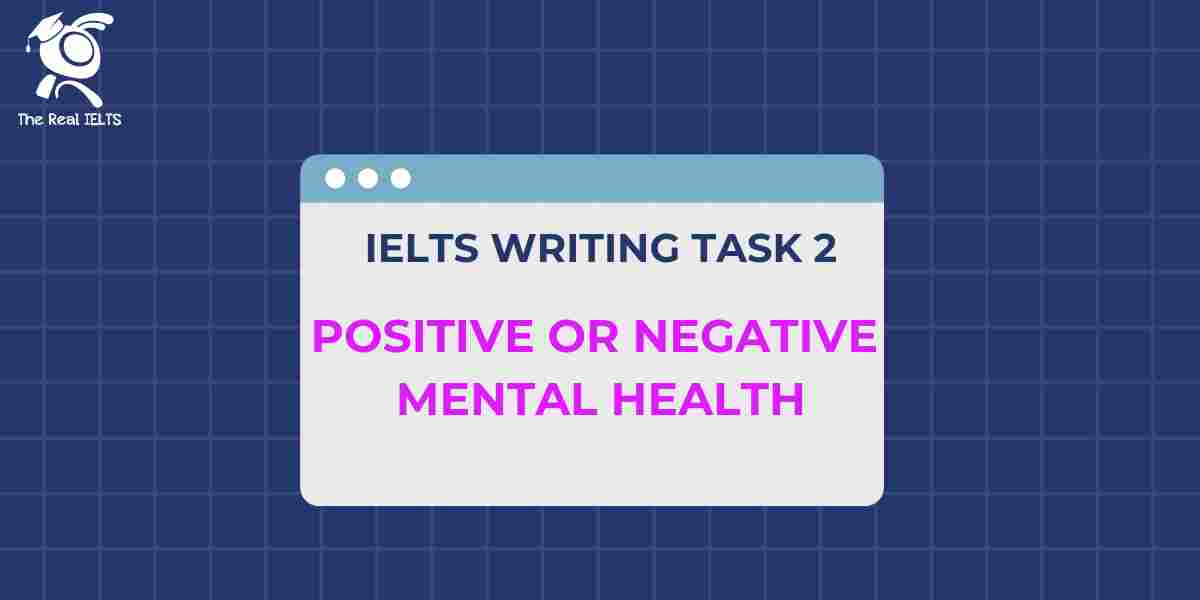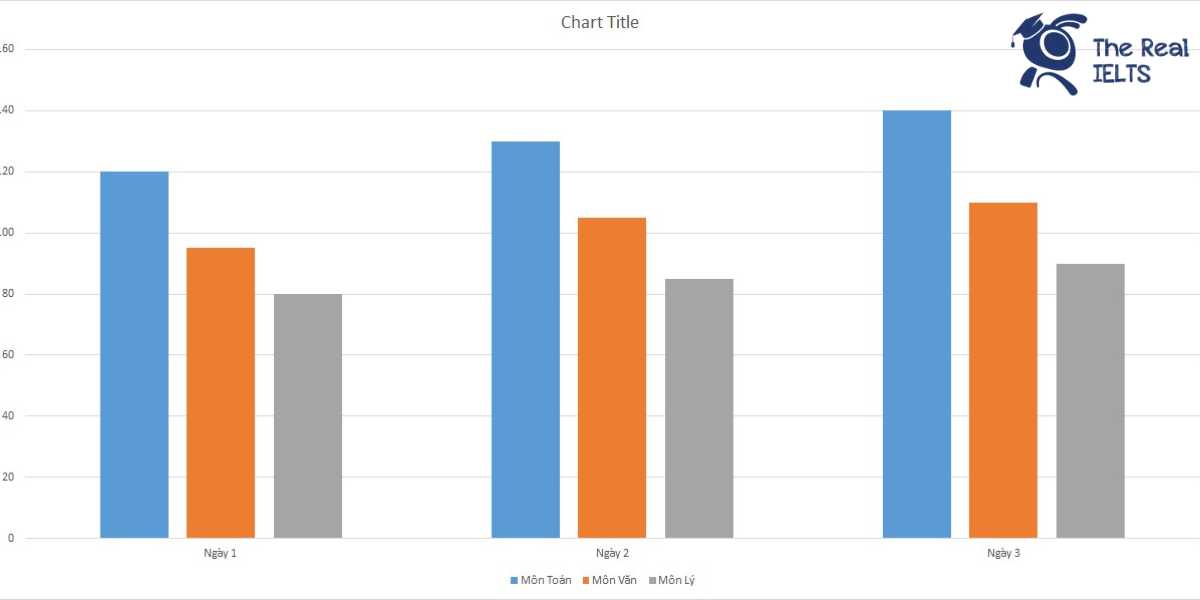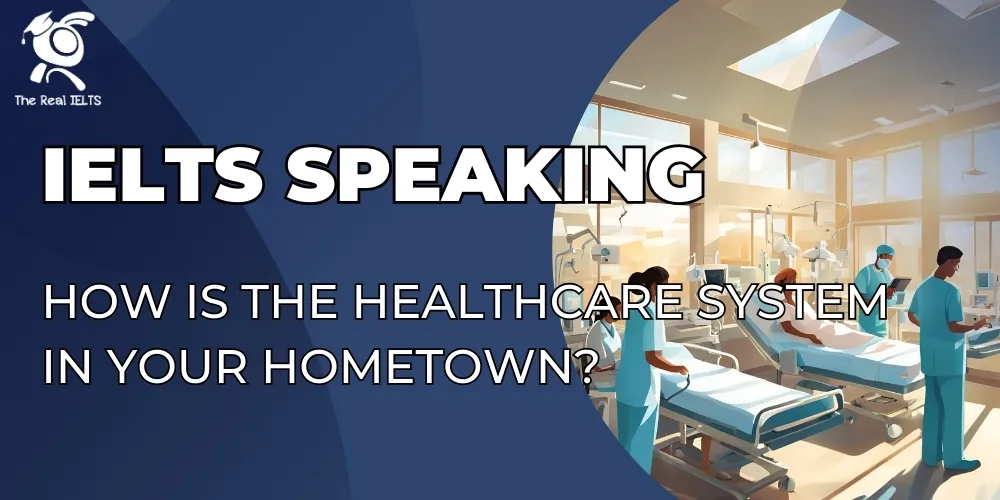“100 bài tập viết lại câu giữ nguyên ý” phần 2 này tiếp tục cày cuốc cùng nhau nhé.
Đọc lại bài cũ: 100 bài tập viết lại câu giữ nguyên ý part 1.
Lý thuyết trước khi làm bài
- Video cameras / Surveillance cameras / Monitoring cameras – Camera giám sát
- Urban areas / Cities / Public spaces / Public zones / Public locations – Khu vực đô thị, các thành phố, nơi công cộng
- Increasingly used / Expanding / Rising / On the rise / Growing / Becoming more widespread – Đang được sử dụng ngày càng nhiều, mở rộng, tăng lên, phổ biến hơn
- To reduce crime / To prevent crime / To deter crime / To curb crime / To combat crime / To decrease crime – Để giảm, ngăn ngừa, ngăn chặn, hạn chế, đấu tranh với tội phạm
- Being installed / Being implemented / Being deployed / Being added – Đang được cài đặt, triển khai, bổ sung
- Discourage criminal behavior / Criminal acts / Criminal activities / Criminal incidents / Criminal actions – Ngăn chặn hành vi, hành động, hoạt động tội phạm
- Authorities / City officials – Chính quyền, các quan chức thành phố
- In order to / As a means to – Để làm gì, như một phương tiện để
- The presence of / The use of / The deployment of – Sự hiện diện, sử dụng, triển khai
- Lower crime rates / Control crime rates – Giảm, kiểm soát tỷ lệ tội phạm
- Upping / Boosting / Enhancing / Intensifying – Tăng cường, đẩy mạnh
- Tackle crime issues / Fight crime – Giải quyết, đối phó với các vấn đề tội phạm
- Widespread / Prevalent – Rộng rãi, phổ biến
- Public spots / Public places – Khu vực công cộng, nơi công cộng
- Crime reduction / Crime control – Giảm thiểu tội phạm, kiểm soát tội phạm
- Crime prevention / Efforts to combat crime / Measures to prevent crime – Phòng chống tội phạm, nỗ lực chống tội phạm, biện pháp phòng ngừa tội phạm
- In an effort to / As part of efforts to – Như một phần của nỗ lực để
- Deploying additional cameras / Adding more cameras – Triển khai thêm camera, bổ sung thêm camera
- To discourage crime / To curb crime – Để ngăn chặn tội phạm, hạn chế tội phạm
- Crime deterrent / Crime prevention tool – Biện pháp ngăn chặn tội phạm, công cụ phòng chống tội phạm
100 bài tập viết lại câu giữ nguyên ý
- Video cameras in urban areas are increasingly implemented to discourage criminal acts.
- Many cities are ramping up the use of video cameras in public areas as a crime reduction strategy.
- Surveillance cameras are being more widely installed in cities to reduce crime levels.
- To minimize crime, many cities are enhancing video monitoring in public locations.
- The increase in video cameras in public spots across cities aims to deter crime.
- Public video surveillance is growing in several cities to help lower crime rates.
- Many urban areas are expanding video camera coverage in public zones to discourage crime.
- To limit crime, the use of surveillance cameras in public areas is rising in multiple cities.
- Numerous cities are using more video cameras in public spaces to tackle crime issues.
- Video camera use is escalating in public places across various cities to help curb crime.
- In public places, the application of surveillance cameras is on the rise to prevent crime.
- Many cities are boosting video monitoring to reduce criminal behavior in public zones.
- To fight crime, the number of cameras in public areas is growing across cities.
- Surveillance in public spots is becoming more prevalent in cities to curb crime rates.
- Urban areas are increasing public video surveillance to deter criminal activity.
- The spread of video cameras in public places is expanding in an effort to decrease crime.
- More cities are turning to public video monitoring to reduce crime rates.
- The use of surveillance equipment in public locations is rising to deter crime.
- City officials are installing more video cameras in public areas to lower crime.
- Crime reduction efforts include the increased use of video cameras in cities.
- Public video surveillance is more common in cities today to help reduce crime.
- Many urban zones are adding video cameras to public spaces to combat crime.
- Public areas in cities are seeing more video cameras as a deterrent to crime.
- Authorities are intensifying video surveillance in cities to discourage criminal behavior.
- Crime prevention measures in cities now include more video cameras in public areas.
- Increased use of public video cameras is a growing trend to curb crime.
- More cameras are being installed in city public spaces to help deter crime.
- Urban crime reduction now involves more surveillance in public places.
- To reduce crime, cities are enhancing video camera presence in public zones.
- Numerous public areas are now equipped with video cameras to prevent crime.
- In cities, video monitoring is becoming a popular tool to lower crime rates.
- Efforts to combat crime involve increased video surveillance in public places.
- Many cities are deploying additional cameras in public areas to cut down on crime.
- Authorities are adding more video monitoring in public spaces as a crime deterrent.
- Video surveillance in public spots is being expanded in cities to reduce crime.
- Crime prevention includes the increased use of cameras in public zones in many cities.
- Surveillance cameras are becoming more prevalent in cities to reduce crime rates.
- Public places are now increasingly monitored by cameras to discourage crime.
- Many urban centers are upping video surveillance in public zones to prevent crime.
- Surveillance efforts in public spaces are increasing to lower crime rates in cities.
- Cities are expanding public video monitoring to deter criminal activity.
- Numerous public areas are now monitored by cameras to decrease crime incidents.
- The use of public video cameras is on the rise to control crime rates in cities.
- Crime reduction efforts now feature more video monitoring in city public areas.
- The number of cameras in public places is growing to prevent crime in cities.
- Public video surveillance is growing to discourage crime in numerous cities.
- More urban areas are increasing camera use in public places to reduce crime.
- Public surveillance in cities is rising to help minimize criminal activities.
- Cities are adopting more video monitoring to control crime in public spaces.
- More video cameras are being used in public places as a crime deterrent.
- In order to cut down on crime, public video surveillance is increasing in cities.
- The spread of surveillance cameras in urban areas aims to decrease crime.
- Public spaces in cities now see more cameras to reduce crime.
- Authorities are using more public cameras in cities to prevent crime incidents.
- Urban video monitoring is rising to lower crime in public areas.
- To tackle crime, more public areas in cities are being monitored by cameras.
- Public video surveillance is becoming more widespread to curb crime in cities.
- The deployment of cameras in public zones is growing to reduce crime rates.
- To prevent crime, many cities are intensifying public surveillance.
- Surveillance camera presence is expanding in cities to deter criminal activities.
- The use of public surveillance is increasing as a strategy to combat crime.
- Cities are turning to more video monitoring to discourage crime in public places.
- Video surveillance in public areas is being expanded in cities to prevent crime.
- More cameras are being implemented in urban public spaces to reduce crime.
- The rise in video cameras in public places is part of crime control efforts.
- Surveillance in public zones is growing in many cities to reduce crime levels.
- Public spaces are seeing a rise in video cameras to lower crime rates in cities.
- Cities are increasing public video monitoring to reduce criminal activity.
- Surveillance measures in cities are expanding in public places to prevent crime.
- Public video cameras are becoming more common to control crime in cities.
- Crime rates are targeted by increasing video surveillance in urban areas.
- Video monitoring in public locations is expanding to decrease crime in cities.
- More cities are using public surveillance cameras to tackle criminal issues.
- Surveillance is growing in public places as a means to curb crime.
- Public video cameras are now more prevalent in cities to deter crime.
- To prevent crime, cities are placing more cameras in public areas.
- Urban areas are seeing a rise in video surveillance for crime control.
- More cameras in public places help cities in their crime reduction efforts.
- Crime prevention in cities includes more video cameras in public zones.
- Public spaces are increasingly under surveillance to prevent criminal acts.
- Video monitoring is expanding in cities as a way to deter crime.
- Cities are adding more surveillance cameras to reduce crime rates.
- Crime reduction involves more cameras in urban public places.
- The number of surveillance cameras in public spots is growing to prevent crime.
- To curb crime, many cities are boosting video surveillance in public areas.
- Surveillance efforts are expanding in urban areas to combat crime.
- Public cameras are on the rise to help control crime rates in cities.
- More cameras are being added in city public spaces to deter criminal activities.
- Crime prevention strategies in cities now involve more public cameras.
- Urban public zones are seeing a rise in video surveillance to reduce crime.
- Public video monitoring in cities is being expanded to deter crime rates.
- The increase in cameras in urban areas helps control criminal actions.
- Public spaces are seeing more video cameras to lower city crime rates.
- Crime control efforts now feature expanded video surveillance in public areas.
- Urban areas are increasingly monitored by cameras to discourage crime.
- Surveillance in public spaces is rising to prevent criminal acts in cities.
- Crime prevention strategies now include increased public video cameras.
- Public video surveillance is on the rise to minimize criminal activities in cities.
- More cities are adding cameras to public places to curb crime.
- Public zones are now widely monitored by video cameras to prevent crime incidents.
Đáp án
- Video cameras are increasingly used in public areas in many cities to help curb crime rates.
- To prevent crime, cities are enhancing the deployment of video cameras in public spaces.
- Many urban areas are expanding the use of surveillance cameras in public spaces to reduce criminal activities.
- The presence of video cameras in public locations is rising in numerous cities to deter crime.
- In an effort to decrease crime, many cities are boosting the number of video cameras in public areas.
- Increasingly, video surveillance is being utilized in public zones across cities to limit crime.
- The use of video cameras in public places is on the rise in several cities to lessen criminal actions.
- To decrease crime, cities are upping the use of video cameras in common public areas.
- Public places in numerous cities are now under greater video surveillance to prevent crime.
- In order to reduce criminal incidents, video monitoring is becoming more widespread in many cities.
- Video cameras in urban areas are increasingly implemented to discourage criminal acts.
- Many cities are ramping up the use of video cameras in public areas as a crime reduction strategy.
- Surveillance cameras are being more widely installed in cities to reduce crime levels.
- To minimize crime, many cities are enhancing video monitoring in public locations.
- The increase in video cameras in public spots across cities aims to deter crime.
- Public video surveillance is growing in several cities to help lower crime rates.
- Many urban areas are expanding video camera coverage in public zones to discourage crime.
- To limit crime, the use of surveillance cameras in public areas is rising in multiple cities.
- Numerous cities are using more video cameras in public spaces to tackle crime issues.
- Video camera use is escalating in public places across various cities to help curb crime.
- In public places, the application of surveillance cameras is on the rise to prevent crime.
- Many cities are boosting video monitoring to reduce criminal behavior in public zones.
- To fight crime, the number of cameras in public areas is growing across cities.
- Surveillance in public spots is becoming more prevalent in cities to curb crime rates.
- Urban areas are increasing public video surveillance to deter criminal activity.
- The spread of video cameras in public places is expanding in an effort to decrease crime.
- More cities are turning to public video monitoring to reduce crime rates.
- The use of surveillance equipment in public locations is rising to deter crime.
- City officials are installing more video cameras in public areas to lower crime.
- Crime reduction efforts include the increased use of video cameras in cities.
- Public video surveillance is more common in cities today to help reduce crime.
- Many urban zones are adding video cameras to public spaces to combat crime.
- Public areas in cities are seeing more video cameras as a deterrent to crime.
- Authorities are intensifying video surveillance in cities to discourage criminal behavior.
- Crime prevention measures in cities now include more video cameras in public areas.
- Increased use of public video cameras is a growing trend to curb crime.
- More cameras are being installed in city public spaces to help deter crime.
- Urban crime reduction now involves more surveillance in public places.
- To reduce crime, cities are enhancing video camera presence in public zones.
- Numerous public areas are now equipped with video cameras to prevent crime.
- In cities, video monitoring is becoming a popular tool to lower crime rates.
- Efforts to combat crime involve increased video surveillance in public places.
- Many cities are deploying additional cameras in public areas to cut down on crime.
- Authorities are adding more video monitoring in public spaces as a crime deterrent.
- Video surveillance in public spots is being expanded in cities to reduce crime.
- Crime prevention includes the increased use of cameras in public zones in many cities.
- Surveillance cameras are becoming more prevalent in cities to reduce crime rates.
- Public places are now increasingly monitored by cameras to discourage crime.
- Many urban centers are upping video surveillance in public zones to prevent crime.
- Surveillance efforts in public spaces are increasing to lower crime rates in cities.
- Cities are expanding public video monitoring to deter criminal activity.
- Numerous public areas are now monitored by cameras to decrease crime incidents.
- The use of public video cameras is on the rise to control crime rates in cities.
- Crime reduction efforts now feature more video monitoring in city public areas.
- The number of cameras in public places is growing to prevent crime in cities.
- Public video surveillance is growing to discourage crime in numerous cities.
- More urban areas are increasing camera use in public places to reduce crime.
- Public surveillance in cities is rising to help minimize criminal activities.
- Cities are adopting more video monitoring to control crime in public spaces.
- More video cameras are being used in public places as a crime deterrent.
- In order to cut down on crime, public video surveillance is increasing in cities.
- The spread of surveillance cameras in urban areas aims to decrease crime.
- Public spaces in cities now see more cameras to reduce crime.
- Authorities are using more public cameras in cities to prevent crime incidents.
- Urban video monitoring is rising to lower crime in public areas.
- To tackle crime, more public areas in cities are being monitored by cameras.
- Public video surveillance is becoming more widespread to curb crime in cities.
- The deployment of cameras in public zones is growing to reduce crime rates.
- To prevent crime, many cities are intensifying public surveillance.
- Surveillance camera presence is expanding in cities to deter criminal activities.
- The use of public surveillance is increasing as a strategy to combat crime.
- Cities are turning to more video monitoring to discourage crime in public places.
- Video surveillance in public areas is being expanded in cities to prevent crime.
- More cameras are being implemented in urban public spaces to reduce crime.
- The rise in video cameras in public places is part of crime control efforts.
- Surveillance in public zones is growing in many cities to reduce crime levels.
- Public spaces are seeing a rise in video cameras to lower crime rates in cities.
- Cities are increasing public video monitoring to reduce criminal activity.
- Surveillance measures in cities are expanding in public places to prevent crime.
- Public video cameras are becoming more common to control crime in cities.
- Crime rates are targeted by increasing video surveillance in urban areas.
- Video monitoring in public locations is expanding to decrease crime in cities.
- More cities are using public surveillance cameras to tackle criminal issues.
- Surveillance is growing in public places as a means to curb crime.
- Public video cameras are now more prevalent in cities to deter crime.
- To prevent crime, cities are placing more cameras in public areas.
- Urban areas are seeing a rise in video surveillance for crime control.
- More cameras in public places help cities in their crime reduction efforts.
- Crime prevention in cities includes more video cameras in public zones.
- Public spaces are increasingly under surveillance to prevent criminal acts.
- Video monitoring is expanding in cities as a way to deter crime.
- Cities are adding more surveillance cameras to reduce crime rates.
- Crime reduction involves more cameras in urban public places.
- The number of surveillance cameras in public spots is growing to prevent crime.
- To curb crime, many cities are boosting video surveillance in public areas.
- Surveillance efforts are expanding in urban areas to combat crime.
- Public cameras are on the rise to help control crime rates in cities.
- More cameras are being added in city public spaces to deter criminal activities.
- Crime prevention strategies in cities now involve more public cameras.
- Urban public zones are seeing a rise in video surveillance to reduce crime.















